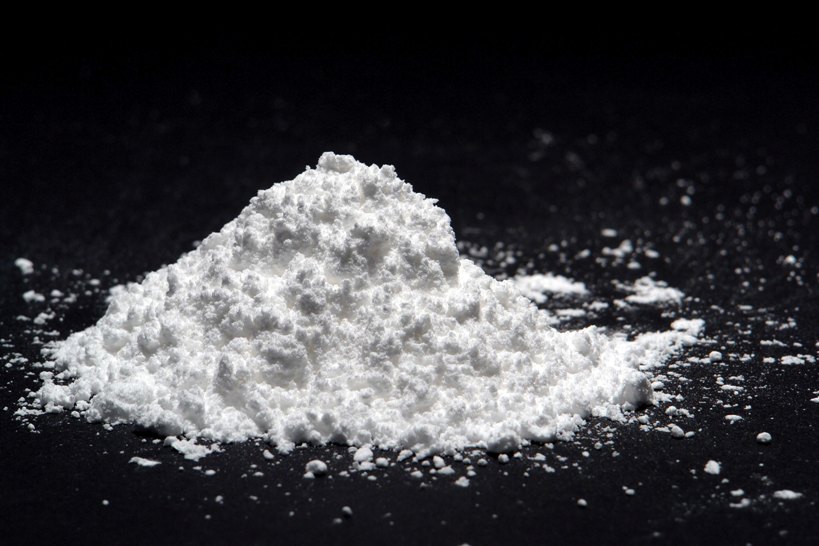The Effect of Sugar Substances on the Crystallization of Nano-CaCO3

Nano-calcium carbonate is an important new nano-material, which is widely used in coatings, rubber, paper and other fields. The preparation of different types of nano-calcium carbonate particles has always been the focus of research.
At present, metal salts, organic acids, inorganic acids, polyvinyl alcohol, amino acids, and surfactants are often used as crystal form control agents for nano-calcium carbonate. By using different crystal form control agents, different sizes, shapes, and crystal forms can be obtained. Nano-calcium carbonate particles, and can change the agglomeration of nano-calcium carbonate particles, so as to realize the controllable synthesis of nano-calcium carbonate.
Nano-calcium carbonate was synthesized by carbonization method, and glucose, sucrose and soluble starch were used as crystal form control agents respectively. The influence of the addition of non-crystal form control agents and different sugar substances on the conductivity and pH changes during the reaction process was analyzed in detail. the result shows:
(1) By adding sucrose, glucose, and soluble starch with the same mass fraction to the reaction system, relatively regular cubic calcite-type nano-calcium carbonate crystals were obtained, which may be due to the existence of polar —OH groups in the sugar structure, Moreover, O in the molecule has a lone pair of electrons, which has high electronegativity, and can coordinate with Ca2+ through charge matching, which inhibits the growth of nano-calcium carbonate crystals.
(2) Adding sugar additives before the carbonization reaction can promote the nucleation reaction, reduce the surface energy of calcium carbonate crystal nuclei, enable smaller crystal nuclei to exist stably, inhibit the aggregation and growth of calcium carbonate crystal nuclei, and generate cubic nano calcium carbonate particles.
(3) The carbonization process is controlled by using sugar as a crystal form control agent, and the obtained product has relatively good dispersibility.
